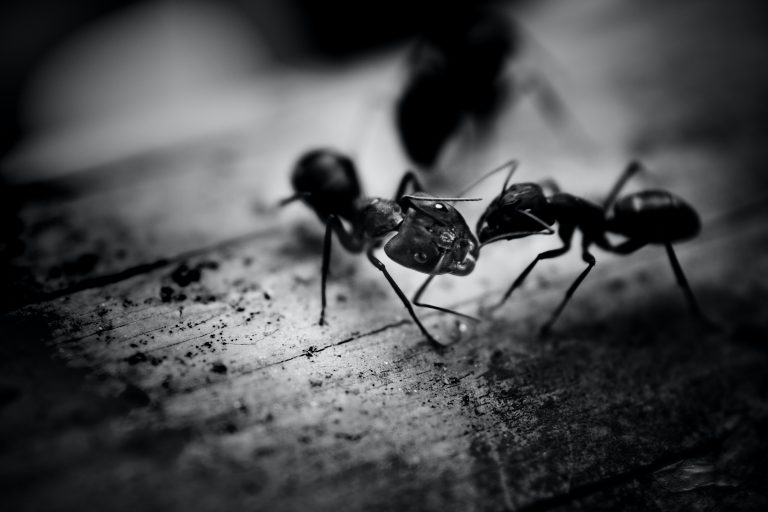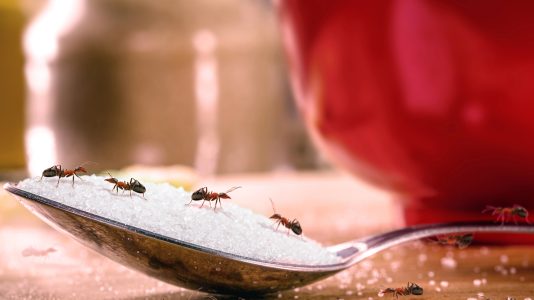How do you Know if your Home is More Prone to an Infestation?
September 12th, 2020
Is your property a hot-spot for pest infestations? Whether you are a prospective homeowner, or have been living in your home for many years, knowing that your home is pest-free is a priority for the safety, comfort and peace of mind of your family and guests.
It’s normal for the odd pest to check out our space from time-to-time regardless of whether you’re in a rural, urban, or semi-urban neighbourhood. Ideally these pests don’t find what they’re looking for in terms of food, water or shelter and so they will continue on their merry way! (Check out our blog article about how to keep squirrels and raccoons away from your home).
Sometimes, however, what starts as a small pest population can quickly turn into a larger infestation that can pose a multitude of health and safety problems.
• What if pests are attracted to stay and thrive on your property?
• Does your home have the potential to have persistent pests?
• How do you know if your home is more prone to an infestation?
The pest control experts at BW Nature Control in Ottawa offer these tips for determining whether or not your home environment is particularly inviting to unwanted pests and how to know if your home is more likely to have pest infestations and potential hot-spots for pests on your property.
Do your neighbours have pests?
Insects, rodents (including bats) and other common pests don’t respect property lines and so if your neighbours have pests in their homes, garages or gardens, you might be more prone to having a pest infestation. Infestations can occur when pests take shelter in houses, garages and other infrastructure on the property including sheds, raised decks, pool cabins, and even play structures. Keep an eye and ear out to see if your neighbouring properties have infestations and stay prepared to deal with the same unwanted visitors.
Does the natural environment of your neighbourhood attract pests?
Beyond your immediate neighbours, the natural environment of your neighbourhood will have a direct impact on how prone your home is to having pest infestations. Trees that are living or in varying states of decay offer food and shelter for a variety of animals and insects. Some pests including rodents and skunks are attracted to living in and under shrubs and hedges. Proximity to swamps, marshes, creeks and rivers increases the likelihood of infections of mosquitoes, snakes and frogs, for example.
If your home is located in a particularly enticing natural environment for critters and pests, feel free to contact our professionals for advice about how to best handle any infestations before they turn into bigger problems.
Additions and Renovations Can Be a Hot-Spot for Infestations
Houses with an addition or exterior renovation often have an increased chance of small holes or crevices for critters and pests to enter the property. Areas that are particularly challenging to keep “critter-proof” include roof lines, changes to foundations, and old vents that are no longer used after the renovation. If unwanted animals or pests are finding their way into your home and taking up residence in your walls, ceilings, attics or soffits, identifying their entrance point and closing it up is essential to avoiding the first generation of pests from growing into a full-blown infestation.
We are here to help
If you are concerned that your home is prone to infestations, do not hesitate to contact our team of pest control specialists at BW Nature. We would be happy to discuss possible hot-spots in your home and explore options to keep you and your family safe from unwanted critters, pests and infestations in your home.




